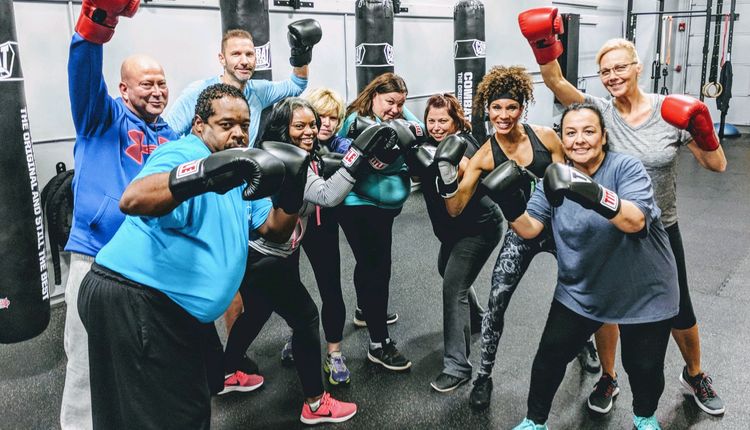
At the end of your next hair cut appointment, if your hair stylist asked you if you have any friends to refer because she's looking to build her business, how would you respond? Would you immediately scroll through your contact list and begin giving her names and numbers? Or would you politely tell her that you'll tell your friends but know deep down that you won't make any extra effort to tell your friends for fear that sharing this "best kept secret" could make her so busy that you'll have a hard time getting in your regular appointments and you won't get the same attention and care you're used to.
Put yourself in your client's shoes when they are put on the spot to refer friends. They may care about you and want to see you succeed, but at the end of the day, they are paying for a service and they may have some legitimate apprehensions about "sharing" you!
Referral-generation should be one of, if not the best ways of growing your business; unfortunately, most referral programs in the fitness industry don't produce nearly as many referrals as expected. A successful referral system has three aspects that make it work:
1. It is about the client, not about you.
When a fitness professional or business owner asks for referrals, it usually is positioned in a way that the client walks away feeling as if their referral only helps the business and usually doesn't highlight how it benefits the client. When asking for referrals, tell them how it will benefit them, i.e. "As we continue to grow our membership, we're able to expand our class schedule and services and I know our members will benefit from the additions." Secondly, reward generously for referrals and show sincere gratitude with handwritten thank you notes.
2. It is not called a "referral."
"Referral" may have a negative connotation to some. One very successful campaign we recently ran at our studio was called the "Inspire a Friend" campaign. Simply changing the word "refer" to "inspire" gave the campaign an entirely different energy.
3. It is easy for the client to refer you.
You may be a pro (hopefully you are!) at selling your service, but clients need tools, messages and easy ways to share your message. The campaign mentioned above was very simple for both the clients and referrals to understand. We gave two 4"x4" cards to each member to give to two friends. The card outlined, step-by-step, what the friend would need to do to redeem their "Inspiration card" (it offered a complimentary class plus $25 on their first purchase by a specific deadline). When the friend redeemed the $25 card, the member who inspired the new client also received $25 to use on anything in our studio. It went a long way and reaped fantastic results. It was easy for our team to implement, but more importantly, it was a very simple message for our clients to promote with a worthwhile incentive.
You may need to tweak and test different referral systems to see what works and what doesn't in your business. And if you're still having a difficult time, you may even ask some of your more loyal clients directly or include it in an upcoming anonymous client survey. But never forget that you must ask before you will receive... but it's how you ask that is key.
Put yourself in your client's shoes when they are put on the spot to refer friends. They may care about you and want to see you succeed, but at the end of the day, they are paying for a service and they may have some legitimate apprehensions about "sharing" you!
Referral-generation should be one of, if not the best ways of growing your business; unfortunately, most referral programs in the fitness industry don't produce nearly as many referrals as expected. A successful referral system has three aspects that make it work:
1. It is about the client, not about you.
When a fitness professional or business owner asks for referrals, it usually is positioned in a way that the client walks away feeling as if their referral only helps the business and usually doesn't highlight how it benefits the client. When asking for referrals, tell them how it will benefit them, i.e. "As we continue to grow our membership, we're able to expand our class schedule and services and I know our members will benefit from the additions." Secondly, reward generously for referrals and show sincere gratitude with handwritten thank you notes.
2. It is not called a "referral."
"Referral" may have a negative connotation to some. One very successful campaign we recently ran at our studio was called the "Inspire a Friend" campaign. Simply changing the word "refer" to "inspire" gave the campaign an entirely different energy.
3. It is easy for the client to refer you.
You may be a pro (hopefully you are!) at selling your service, but clients need tools, messages and easy ways to share your message. The campaign mentioned above was very simple for both the clients and referrals to understand. We gave two 4"x4" cards to each member to give to two friends. The card outlined, step-by-step, what the friend would need to do to redeem their "Inspiration card" (it offered a complimentary class plus $25 on their first purchase by a specific deadline). When the friend redeemed the $25 card, the member who inspired the new client also received $25 to use on anything in our studio. It went a long way and reaped fantastic results. It was easy for our team to implement, but more importantly, it was a very simple message for our clients to promote with a worthwhile incentive.
You may need to tweak and test different referral systems to see what works and what doesn't in your business. And if you're still having a difficult time, you may even ask some of your more loyal clients directly or include it in an upcoming anonymous client survey. But never forget that you must ask before you will receive... but it's how you ask that is key.
















